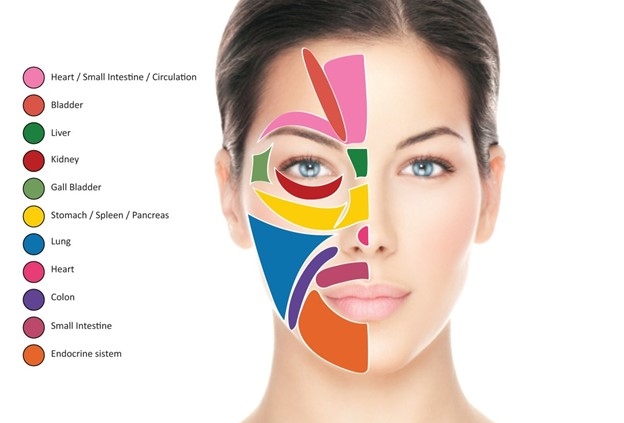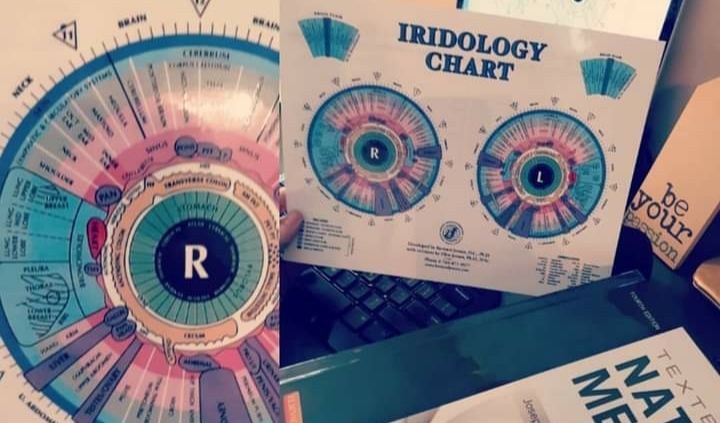
When completing your Weekly Check In, I wanted to provide some help with giving me context and information about what you are feeling and experiencing.
When we can effectively communicate our experience, we can get to where we need to be faster. It’s a tool to utilize to shorten the distance between feeling not great and getting relief.
Seven important questions to consider:

- WHERE does it hurt/where do you experience symptoms (location). Be as specific as possible. Above the belly button, below, or both? Does location change?
- HOW does it feel/what is the quality of the pain or sensation you are experiencing? Examples here could include: sharp/dull, gnawing/grinding, spastic/stuck, hot/cold.
3. HOW FREQUENTLY do you experience symptoms? Is it three times a day? Is it always? Does it depend?
- What is the TIMING of your symptoms? Somewhat related to the above attribute, but with a nuance broken out. Do you experience symptoms after meals? Do you experience them first thing in the morning, or wake up in the middle of the night with them? Timing of symptoms, particularly around eating and fasting, is quite important for digestive distress.
- What ENVIRONMENT do you feel your symptoms in? In your house? Only outside? Only when traveling? Only when public speaking or dealing with that toxic family member.
- Does anything make your symptoms BETTER or WORSE? Consider better/worse separately. Some folks feel better with eating; some feel better with fasting. Some foods may make things better or worse for folks. A bad night of sleep can translate into increased digestive distress the following day, and so can a stressful interaction. Many of my clients feel worse when the barometric pressure is low and/or the sun hasn’t come out for a number of days. These little details are all clues.
- Are there any other ASSOCIATED SYMPTOMS? When your stomach hurts, do you get a headache too? Does it translate into stomach pain, gurgling and something else? Does your energy decrease after a long session in the bathroom. Does anything else come up, when these symptoms arise?
In these seven questions, there is a lot of density and room for grey & nuance. I highly recommend writing down the “story” of you and your symptoms in this way. It can really help out your doctor and health care team to have such a plethora of detail related to symptoms. Also include any prior diagnoses, tests and health history that you think is relevant.
Having all of this info at the ready help you not only to organize your thoughts, it will help your doctor/health care provider be a better clinician and get you relief faster, because all of the information you can think of is right there at your fingertips, and so theirs too.












